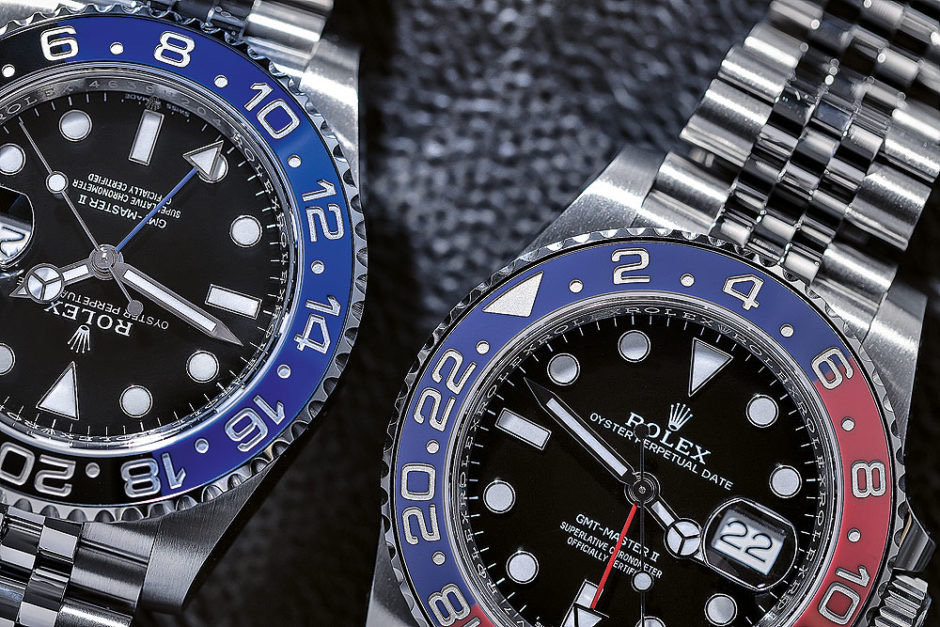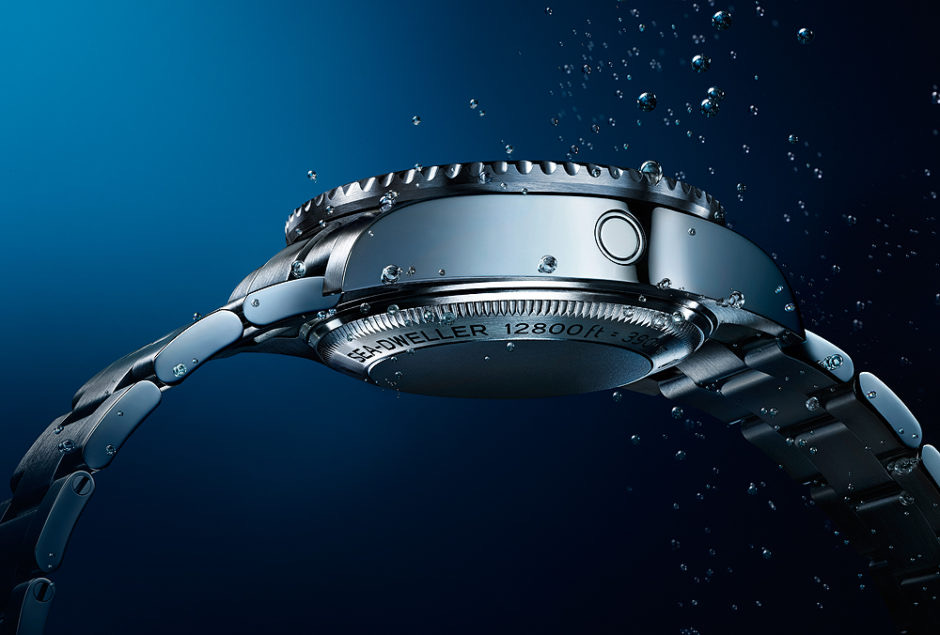The Rolex Oyster case is renowned for its innovation and historical significance in the world of wristwatches. Rolex’s reputation for respect and admiration stems from its rich history and exceptional craftsmanship. Among its many remarkable contributions to the watch industry, the Rolex Oyster case stands out. Introduced in 1926, this groundbreaking creation was the first waterproof and dust-proof watch case, marking a significant milestone. It not only transformed wristwatches from delicate accessories to durable men’s timepieces but also became a symbol of strength and water resistance. Today, the majority of Rolex watches proudly bear the name “Oyster” on their dials, a testament to the enduring legacy of this remarkable innovation.
The Rolex Oyster, introduced in 1926 as Ref. 679, was a significant achievement for both the brand and the watchmaking industry. It featured a completely sealed case, a winding crown, a cyclops lens, a fixed or rotating fluted bezel, a helium-escape valve for Sea-Dweller and Rolex Deepsea models, and the Chromalight display. Exploring the various components of the Rolex Oyster case will provide a deeper understanding of why it is considered one of the most significant inventions in watchmaking.
The Twinlock and Triplock winding crowns were introduced in 1953 and 1970 as patented features of the Oyster case. Their purpose was to enhance the water resistance of Rolex watches. These advancements solidified the reputation of Rolex timepieces for having highly effective waterproof cases.
The Twinlock winding crown features a double seal system (one inside the tube, one inside the crown), while the Triplock winding crown has an additional sealed zone (two inside the tube, one inside the crown). You can identify them by the number of dots or a line (one or two dots for Twinlock, three dots below the Rolex emblem for Triplock). These winding crowns, consisting of approximately 10 components, provide maximum watertight security, similar to a submarine’s hatch. They are available in Oystersteel, 18k gold, and 950 platinum options.
Rolex employs rigorous waterproofness testing for all Oyster cases, immersing each in water and applying pressures exceeding guaranteed depths by 10%, or 35% for diver watches, ensuring exceptional water resistance.


